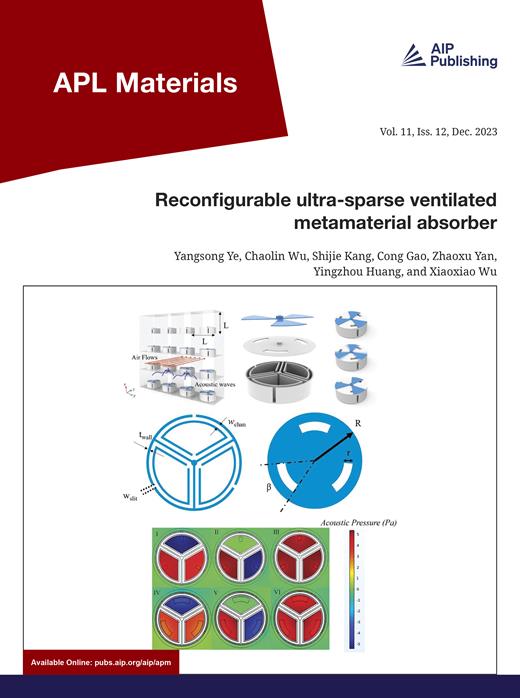Recent advances on two-dimensional material-based nanosystems for gene delivery
IF 5.3
2区 材料科学
Q2 MATERIALS SCIENCE, MULTIDISCIPLINARY
引用次数: 0
Abstract
Gene therapy has been extensively investigated and widely used in biomedical fields, such as cancer treatment. However, the most important issues for gene therapy are stability, targeting effect, transfection efficacy, and safety of gene formulation after administration, which seriously limit the further application of gene therapy in clinic. Therefore, gene delivery could be a promising strategy for overcoming these challenges. Two-dimensional (2D) materials are rising nanomaterials with excellent physical and chemical properties, including large specific surface area, easy modification, high conversion efficiency of light, and good biocompatibility, which have achieved promising applications as vehicles for gene delivery in the disease treatment. In this review, we first summarized the research progress of 2D material-based nanosystems for gene delivery to improve the therapeutic efficacy. We discussed that 2D material-based gene delivery nanosystems showed high therapeutic efficacy for many diseases treatment, especially cancer. Furthermore, we also proposed that surface modification of 2D materials might be a promising strategy to prepare multi-functional gene carriers for combination therapy with enhanced treatment efficacy. Finally, the future research progress, challenges, and prospects of 2D material-based nanosystems for gene therapy were discussed and concluded. Conclusively, we believe that 2D material-based nanosystems with good biocompatibility and high transfection efficiency would be potentially used in clinical settings to improve the therapeutic efficacy of gene therapy.用于基因递送的二维材料纳米系统的最新进展
基因治疗已被广泛研究并广泛应用于癌症治疗等生物医学领域。然而,基因治疗最重要的问题是给药后的稳定性、靶向效应、转染效果和基因制剂的安全性,这严重限制了基因治疗在临床上的进一步应用。因此,基因递送可能是克服这些难题的一种有前途的策略。二维(2D)材料是一种新兴的纳米材料,具有比表面积大、易修饰、光转换效率高、生物相容性好等优异的物理和化学特性,作为基因递送载体在疾病治疗中取得了良好的应用前景。在这篇综述中,我们首先总结了基于二维材料的纳米系统用于基因递送以提高疗效的研究进展。我们讨论了基于二维材料的基因递送纳米系统在多种疾病治疗中表现出的高疗效,尤其是癌症。此外,我们还提出,二维材料的表面修饰可能是制备多功能基因载体用于联合治疗并提高疗效的一种有前途的策略。最后,我们对基于二维材料的基因治疗纳米系统的未来研究进展、挑战和前景进行了讨论和总结。最后,我们认为二维材料纳米系统具有良好的生物相容性和高转染效率,有望用于临床,提高基因治疗的疗效。
本文章由计算机程序翻译,如有差异,请以英文原文为准。
求助全文
约1分钟内获得全文
求助全文
来源期刊

APL Materials
NANOSCIENCE & NANOTECHNOLOGYMATERIALS SCIE-MATERIALS SCIENCE, MULTIDISCIPLINARY
CiteScore
9.60
自引率
3.30%
发文量
199
审稿时长
2 months
期刊介绍:
APL Materials features original, experimental research on significant topical issues within the field of materials science. In order to highlight research at the forefront of materials science, emphasis is given to the quality and timeliness of the work. The journal considers theory or calculation when the work is particularly timely and relevant to applications.
In addition to regular articles, the journal also publishes Special Topics, which report on cutting-edge areas in materials science, such as Perovskite Solar Cells, 2D Materials, and Beyond Lithium Ion Batteries.
 求助内容:
求助内容: 应助结果提醒方式:
应助结果提醒方式:


